“Pain point” discussions at conferences like Autodesk University and IBM TechXchange often end up focusing not so much on the flaws of this or that solution, but on how tough it can be to get people to actually use good products.
The benefits of advanced collaboration, visualization, 3D scanning and data-integration tools will be muted at best without sincere engagement from their intended users. AEC firms with a commitment to innovation need to take a conscious, people-first approach to change-management. Here are four tips for raising your game in this area.

Find your own pace
The AEC industry takes hits for being too slow to adopt tech, but being realistic and grounded is not the same as stubbornly clinging to the status quo. To find the pace that works for your company, look at your specific goals and needs.
Imagine a firm with hundreds of architects and engineers spread all over the country and working in disciplines like fire-protection, structural engineering, MEP and interior design. Clearly, a robust way for in-house teams to collaborate on client projects is a must for this organization.
The perfect solution might be to have all users’ PCs sit on virtually distributed servers, with remote access to powerful graphics processors. Without having to rely on their own machines, these architects and designers can collaborate from home while processing huge volumes of data in apps like Revit, Enscape and SketchUp.
That would warm the heart of any forward-thinking IT director. Nonetheless, a boutique shop with just a couple of in-house disciplines and a workforce that gathers at the same downtown office might have no need to “virtualize” in this way. Instead, software that drives project collaboration with third parties might be a more practical solution.
Adopting new workflows can require a lot of time and effort from employees. Skeptics always wonder if higher-ups are rolling out a new platform just because it is a shiny object. When you can easily demonstrate that a new approach makes sense and will lead to greater productivity and creativity, people are much more willing to embrace it.
Getting to that place of confidence takes testing and due diligence. A measured approach gives you more time to experiment and keep the tech stack aligned with your vision and goals. By contrast, scrambling to be on the 1.0 bleeding edge can leave employees scratching their heads, thinking, What is this? What we did before worked just fine!
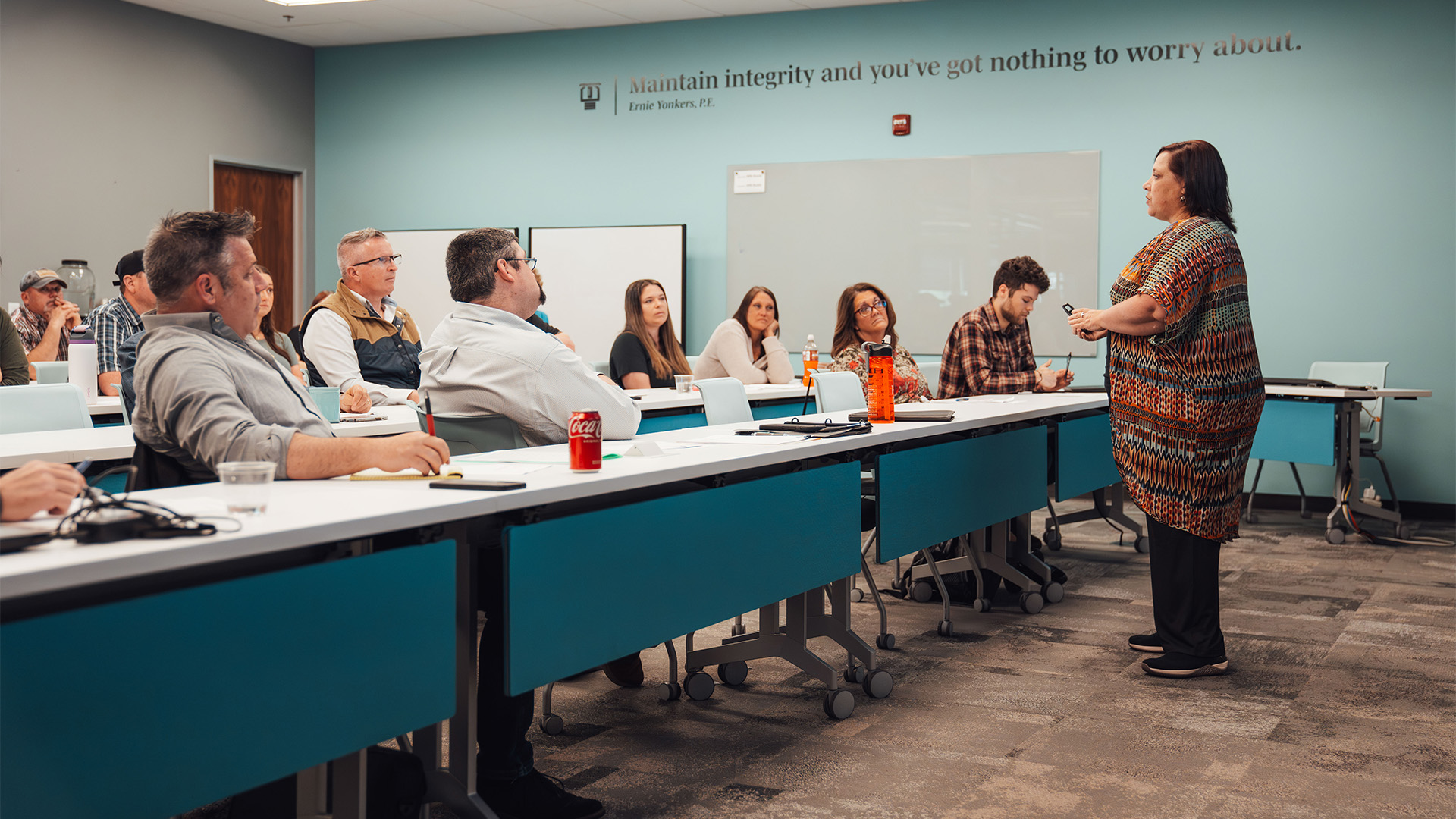
Create a change-management team
It is not uncommon for an architecture firm or construction company to buy a software license and then rely on the tech vendor to handle training and related employee communications. AEC firms should consider augmenting this by establishing their own internal processes and procedures, with a sharp focus on user engagement. Consider creating an internal change-management team with responsibilities such as:
- Clearly communicating why the company is rolling out the new hardware or software solution (do not be afraid to overcommunicate)
- Providing frequent updates on implementation progress
- Gathering and sharing success stories that illustrate the benefits of the new tool
- Soliciting honest feedback on what employees believe is not working with either the technology or training and implementation to ensure sustained adoption and value
Gamify it
Engagement drives change. “Gamifying” tech adoption can be a fun way to get employees involved and set a positive tone. Our firm recently launched an AI innovation competition designed to uncover new ways to improve efficiency and productivity. The top three teams will each win $2,500 awards, with entries evaluated for their potential impact, scalability, technical viability and creativity.
Staging innovation contests can create more “power users” of high-priority technology tools. Gamification can benefit AEC firms as their teams brainstorm to generate new data insights, catalyze collaboration, wow clients and claw back money and time. You know this approach is working when a team member pulls you aside and says, “Hey, I realized that we can do something really cool with this platform that nobody has thought of before. Check it out!”
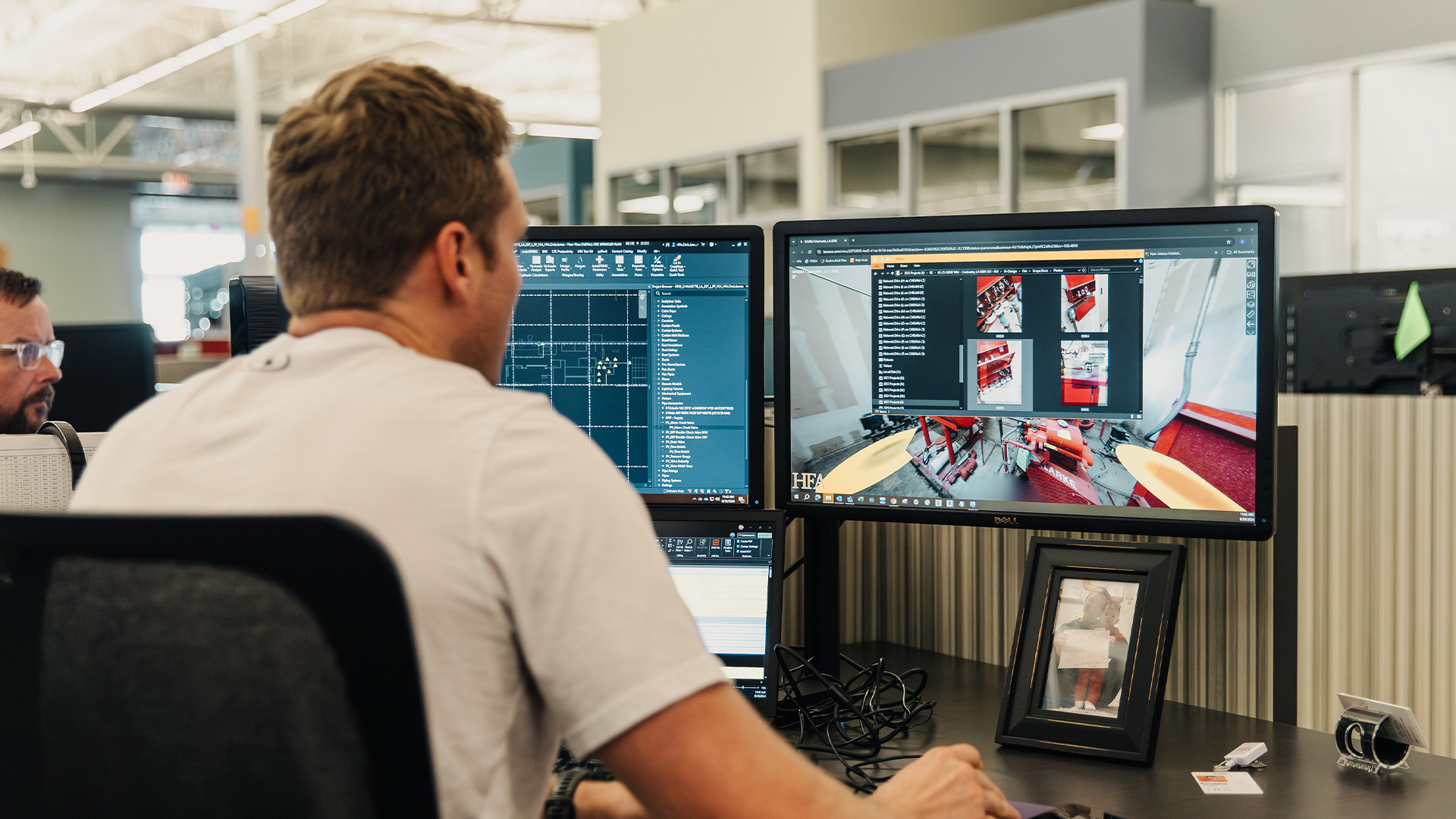
Plan for AI
Moving forward, the need for conscious approaches to change-management in AEC is likely to grow thanks to the explosion of AI-powered solutions.
Artificial intelligence is nothing new (it got its start at a Dartmouth College summer research project in 1956), and generative AI is nowhere near being able to whip up flawless schematics for a six-story building in genie-like fashion, or replace all PMs on a huge construction job. Nonetheless, some people fret that their jobs will be replaced by a superintelligent overlord, perhaps because of all the sci-fi narratives and Silicon Valley hype.
Reassuring messaging about the role of AI could be important as AEC firms roll out AI tools that do things like respond to detailed queries or cull through internal datasets to summarize complex information. Instead of flipping through hundreds of pages in a spec book, users will be able to get accurate answers to questions like, “How much insulation is required here by code, and how many fixtures do we need? Are the distances and clearances for these egress paths sufficient based on the building type and occupancy?”
But they need to feel confident that these practical solutions will benefit them, not replace them. AEC firms also should underscore that AI will create interesting new workforce development opportunities as demand grows for skills in things like visual scripting and low-code/no code app development.
Along the way, AEC firms will need to wade through plenty of sales pitches from AI startups. An engaged, team-based approach can help them separate effective tools from the merely novel. Get your employees fired up by taking a people-first approach to managing change.
####
John Raines, Director of IT/Systems, and Brittany Pylant, Director of Operations, run the tech-stack and oversee the change-management team at Bentonville, Arkansas-based HFA Architecture + Engineering. They can be reached at john.raines@hfa-ae.com and brittany.pylant@hfa-ae.com.

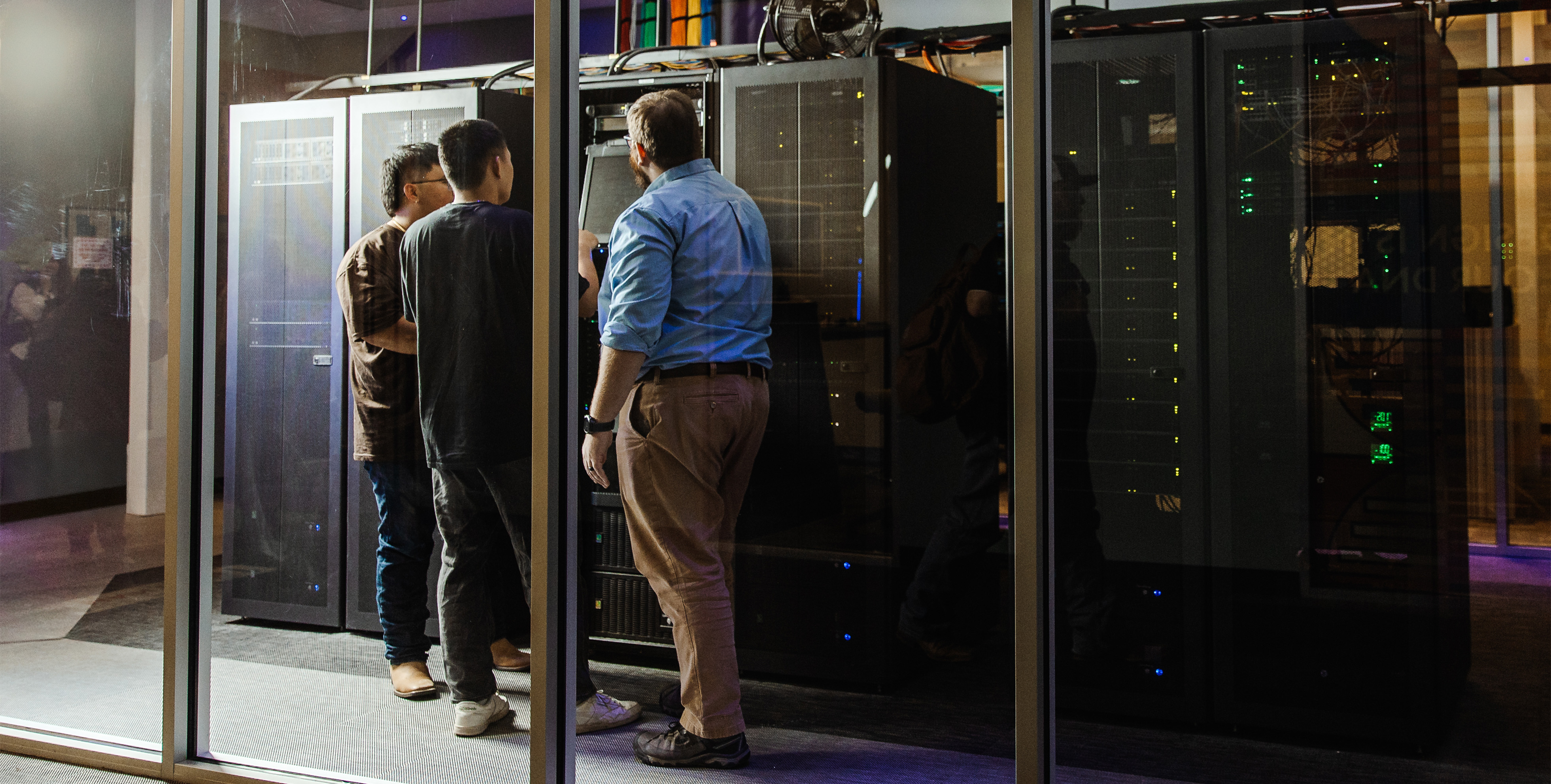

.jpg)
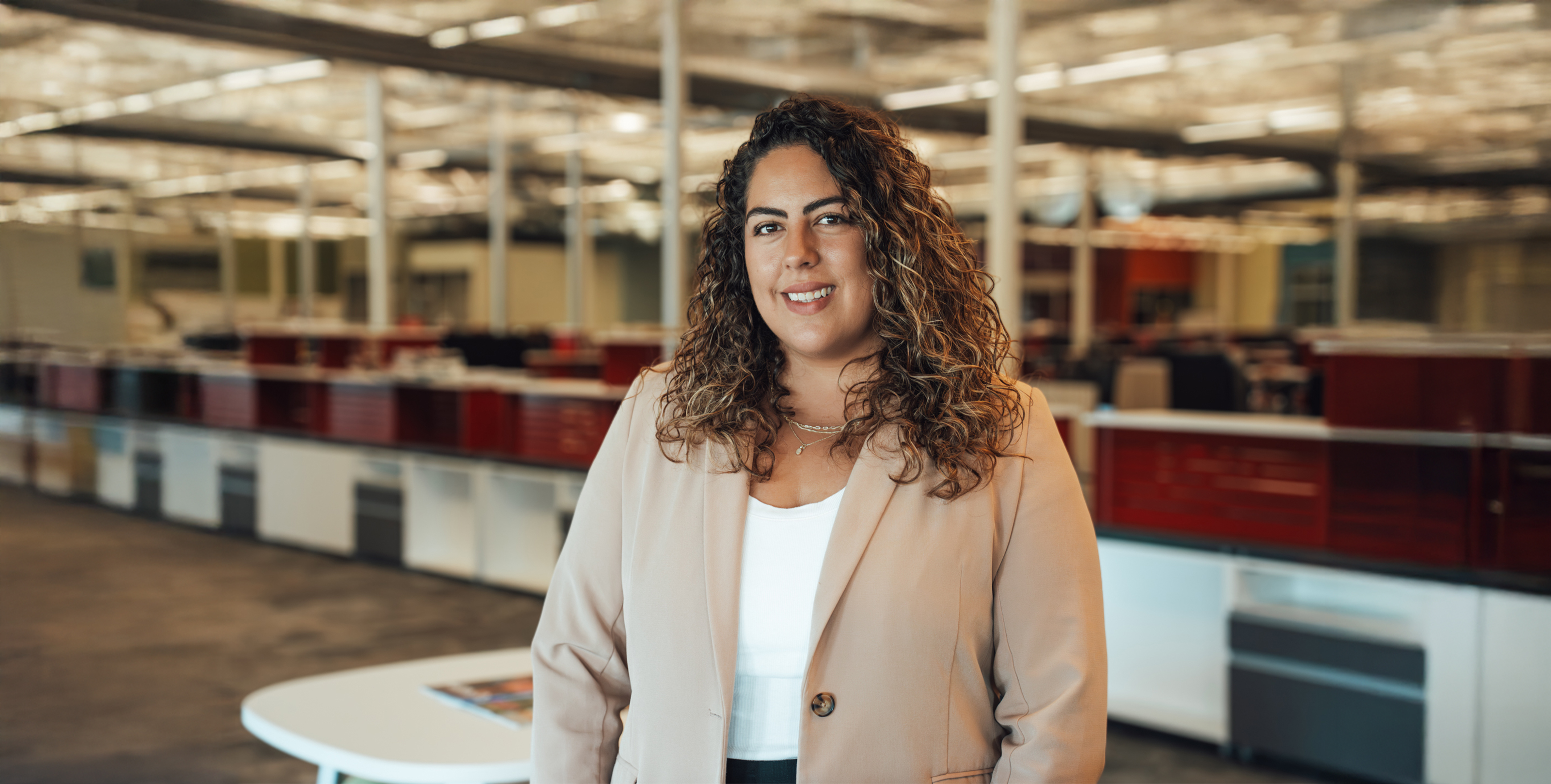
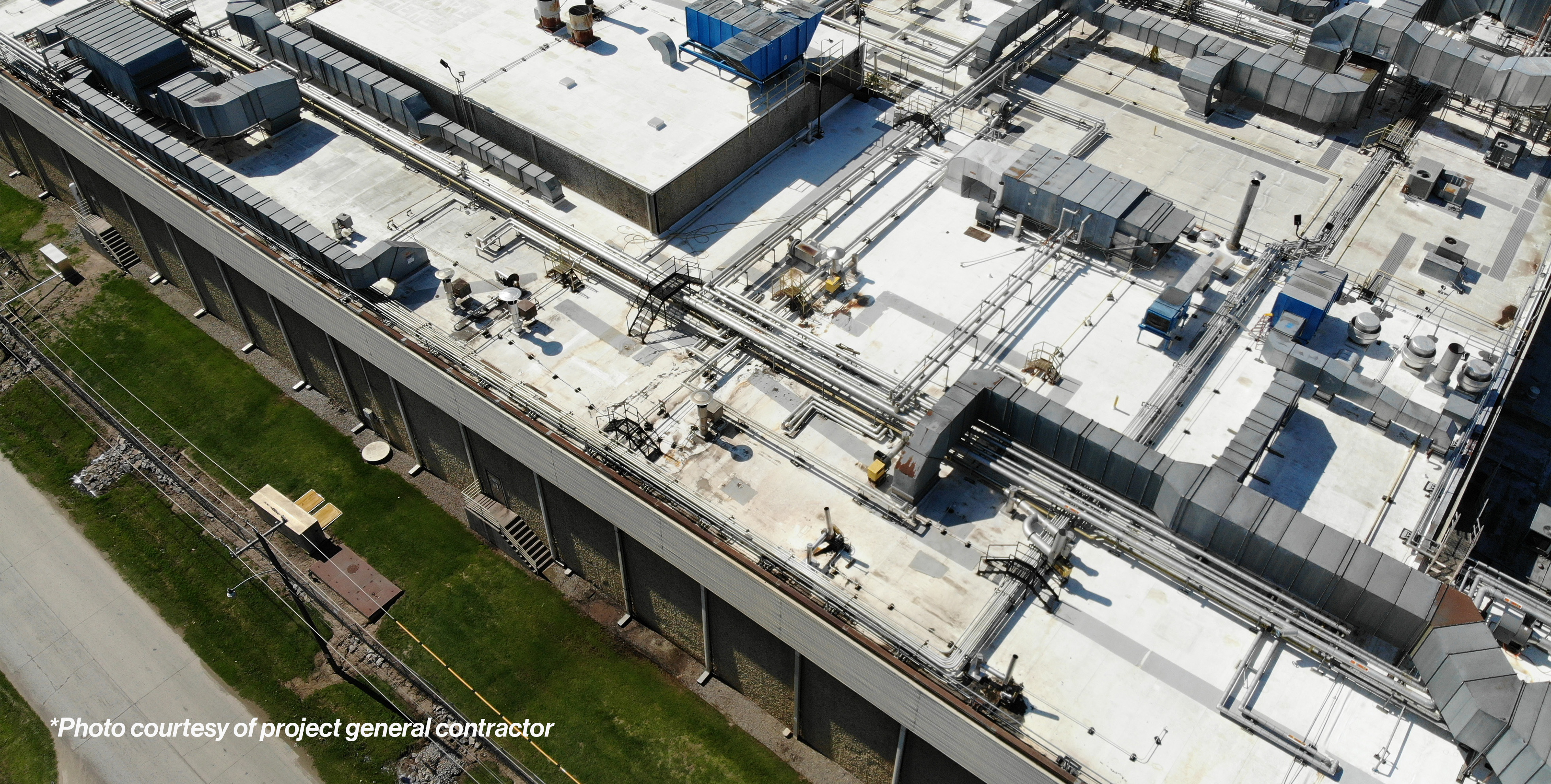

.png)
.jpg)

.jpg)



